6 Types of BBQ Pits – Pictures, Pros & Cons of Each
-

- Last updated:
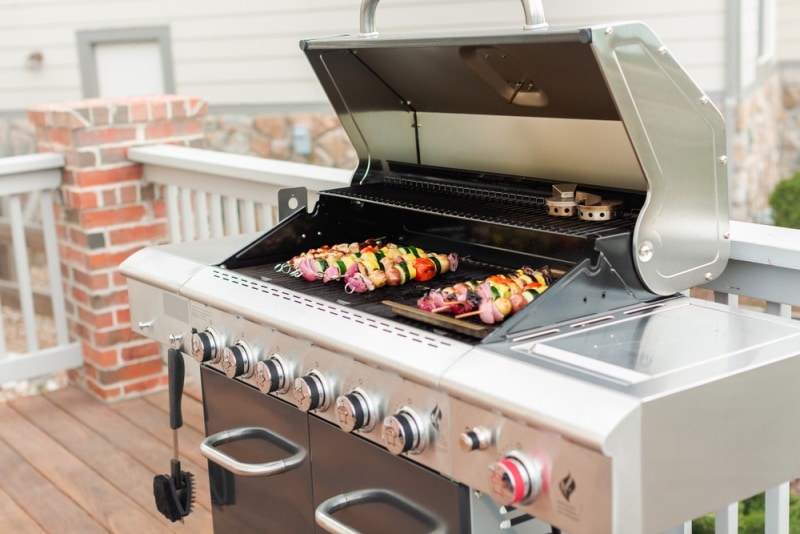
Originally, BBQ pits were actual pits dug into the ground and used for cooking meat slowly. Now, any BBQ used for cooking meat(or vegetables) on a low, steady heat for an extended time is known as a “BBQ pit”. The basic principle is the same, with the heat source being away enough to cook meat slowly and evenly. Essentially, grilling meat is quick cooking, whereas a BBQ pit cooks meat slowly over indirect heat. That being said, a grill can often be used to barbeque, too.
The good news is that there are several types of BBQ pits available in the market, and some are small and simple enough for personal home use.
There are two ways you can own a BBQ pit—you can make one yourself or get someone to assemble and build it for you. There are also several fuel options available when selecting a barbeque pit. In this article, we’ll outline the different types of BBQ pits and their pros and cons.
What Makes a Good BBQ Pit?
Some BBQ pits are better than others, depending on your situation. There are, however, certain basic features that you need to consider when choosing a BBQ pit. They include:
- How many people you’ll be cooking for
- What you’ll be grilling
- Cost
- Fuel
- Ease of use and maintenance
- Construction
The 6 Types of BBQ Pits
1. Fuel
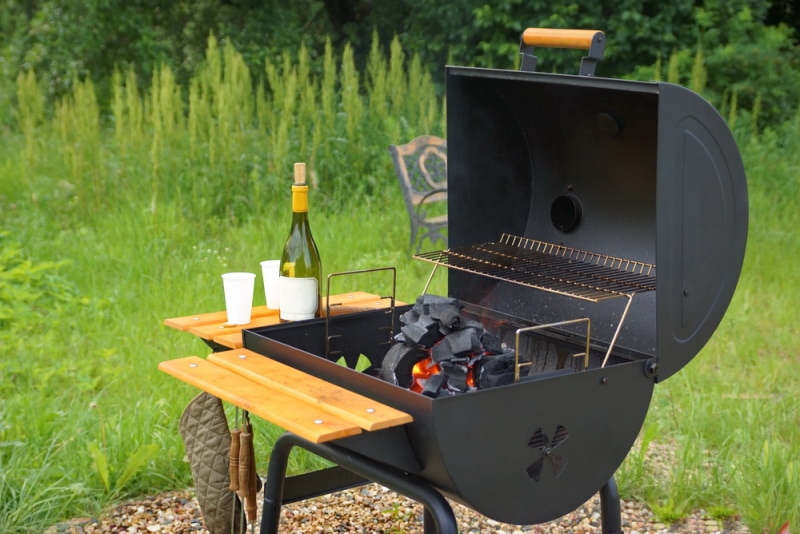
There are many fuel sources that you can use in a BBQ pit, including wood, charcoal, gas, or electricity. You should pick the one to use based on the cost and efficiency. Wood and charcoal are the best fuel options because they give your meat a smoky flavor. However, gas and electricity are quick and convenient—they are easy to use and can be used indoors and outdoors. They also don’t release smoke into the environment.
2. Cost
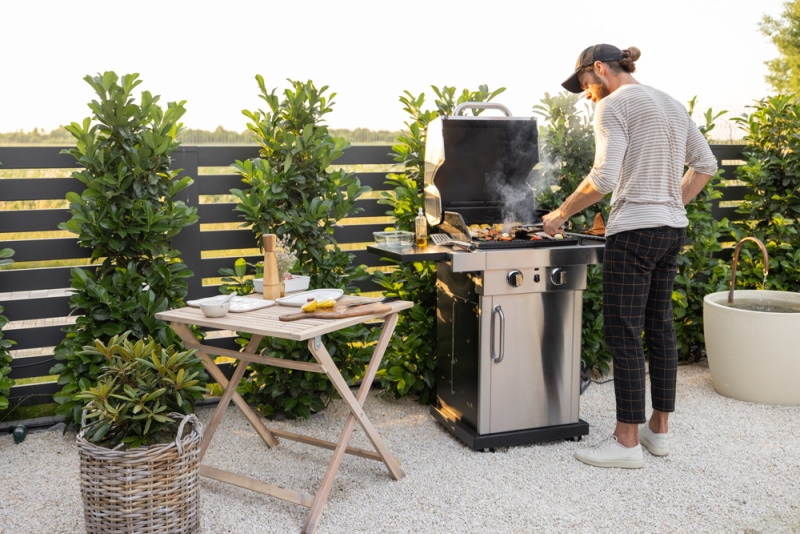
Price is a vital factor when buying or constructing a barbeque pit. Typically, charcoal pits are less expensive—even high-end charcoal models are cheaper than gas-fueled pits. Still, you can find gas and electric grills in your price range. The size of the grill also affects the cost; smaller grills are likely to be cheaper than larger grills of the same brand.
3. Construction
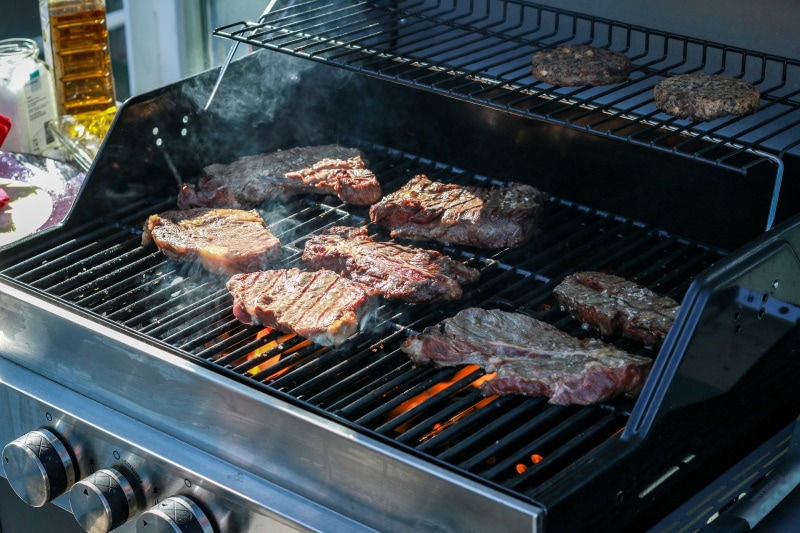
If you are one of the few who prefer constructing their BBQ pit, it’s wise to go for a simple design. Consider getting a professional to help you if it’s your first time; they will know the best construction methods and materials to use.
4. How Many People Will You Be Cooking For?
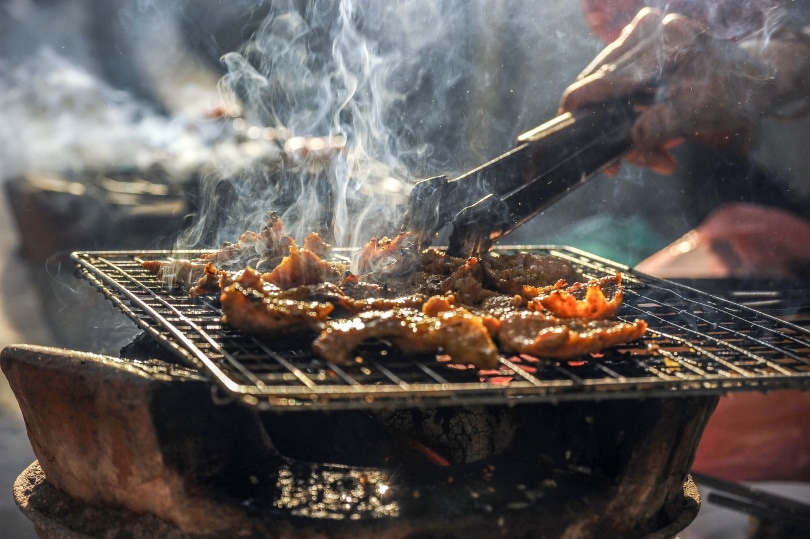
Is the BBQ pit for personal or commercial use? If it’s for commercial purposes, it needs to be big enough to handle large orders. On the other hand, if you are using it when hosting friends and family, it can be smaller to fit in your balcony or backyard.
A good tip when buying a BBQ grill for personal use is to select one with at least 400 square inches of space. This will enable you to cook decently-sized meals at home.
6 Types of BBQ Pits
As we all know, various fuel sources can be used when grilling. Each fuel has its advantages and disadvantages, some more significant than others. Let’s take a look at the different BBQ pits.
1. Charcoal
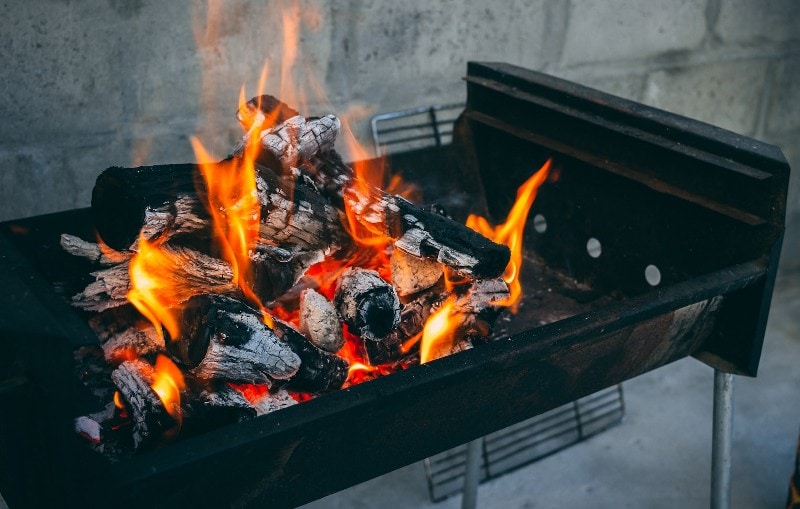
Charcoal grills have been used for a long time and are the most common for outdoor cooking and grilling. A charcoal grill is pretty easy to use and leaves a smoky, rich flavor in the food. All charcoal grills operate similarly—the fuel intake is located on the bottom and is adjusted manually depending on how hot you want the grill to be.
Air flows in at the opening and affects the overall temperature of the grill. The more air allowed in the grill, the hotter it will get. Once you adjust the temperature and allow it to stabilize, it typically remains constant throughout the grilling process.
- Charcoal is cheaper than other fuel sources
- Leaves a rich flavor on the food
- It’s cheaper than other BBQ grills
- Best for cooking tougher cuts of meat
- Not ideal for indoor cooking
2. Kamado

Kamado grills are a more sophisticated version of charcoal grills and are also referred to as ceramic smokers or egg grills. They have an elongated shape that resembles an egg, hence the name, and are much heavier than other grills because they are made from thick ceramic. The airflow is regulated the same way as the charcoal grill, and the temperature remains constant throughout the cooking.
When the grill starts, it takes around 45 minutes to pre-heat and bring its thick walls to the desired temperature. It uses natural, hardwood lumpy charcoal as fuel, and in some cases, that can be substituted with firewood. Although it’s a scorching grill, its versatility makes it appealing.
- It transfers heat in all directions evenly
- It can be used to bake, cook, and grill
- Takes time to heat up
3. Charcoal Kettle
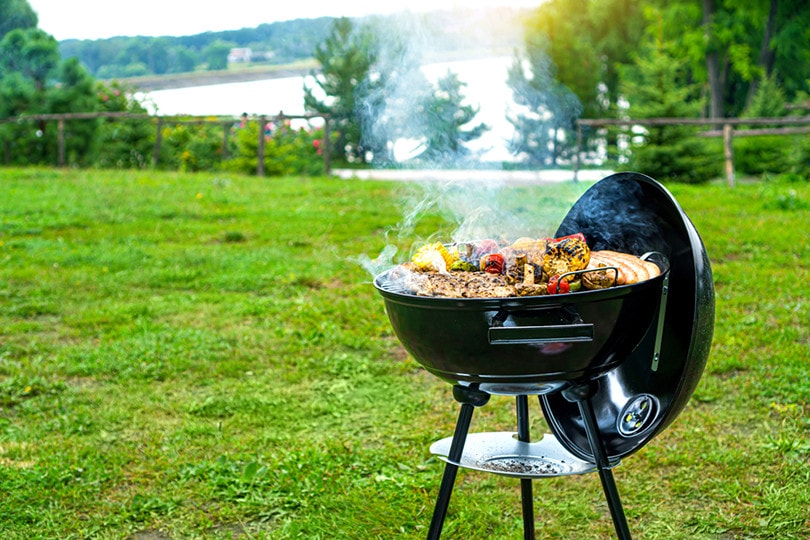
Kettle grills are the most common type of charcoal grills. They are shaped like a kettle and consist of a round bottom and tight removable lid. As with the other charcoal grills, charcoal goes at the bottom on a small grate that allows debris and ash to fall through, enabling the meat to absorb the smoky flavor of the charcoal.
- Portable
- Typically requires less charcoal
- Comes in different sizes
- Not ideal for indoor use
4. Pellet
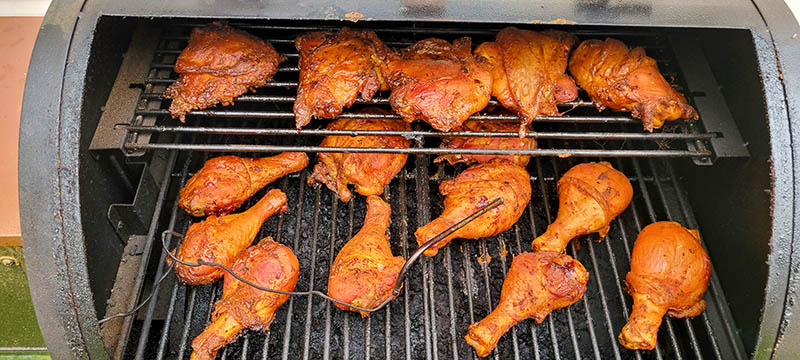
Pellet grills have been used for the past 30 years and have become quite popular over the past decade—they are a convenient option since they are relatively cheap and easily obtainable. It also acts as a smoker and grill, which is one of its key features.
Wood pellets are loaded in the burn pot with an auger at the bottom of the grill. The thermostat and burn pot work automatically by keeping the desired temperature depending on the conditions you set. It’s efficient because the electronic temperature gauge adjusts itself automatically, keeping the conditions inside within a particular range.
- Pellets add flavor to the food
- Efficient for cooking food that takes longer to cook, like brisket
- Doesn’t sear and brown meat effectively
- Requires a power source
5. Gas and Propane
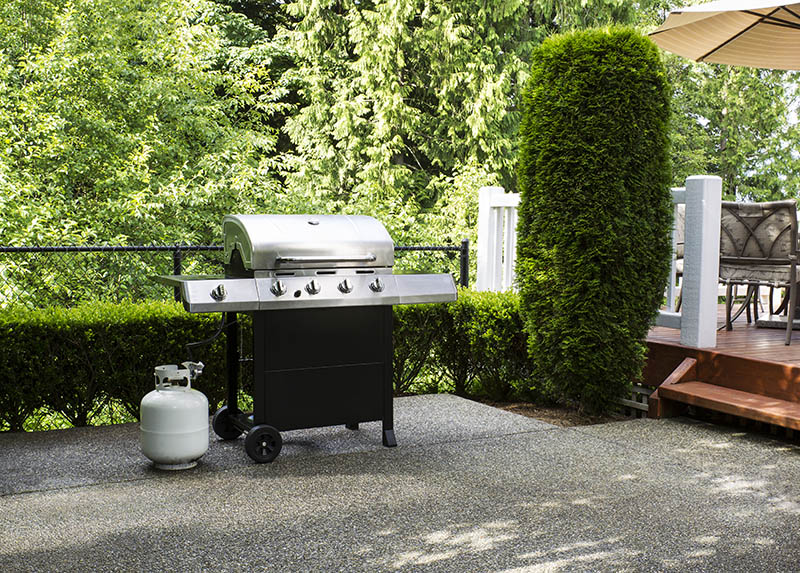
Natural gas and propane are the most commonly used fuels for these grills, and the grills come in many various types. They operate similarly to burners and typically emit around 40,000 BTUs of heat, and you can cook food either with direct or indirect heat.
Before buying a gas or propane grill, you need to ensure that it’s acceptable in the place you live, especially if you live in an apartment building. You also need to monitor the grill throughout the cooking and grilling process to reduce the risk of a fire.
- Don’t require pre-heating
- Burns very clean
- Add little flavor compared to charcoal and pellet grills
6. Electric
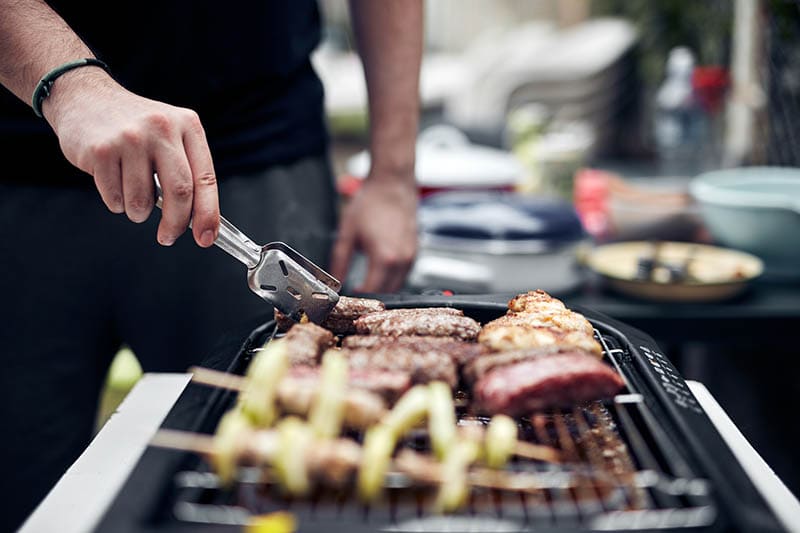
Electric grills come in several types and sizes, from tabletop, full-size, and convertible. The tabletop grills are light and easily portable and are designed for indoor use. They are incredibly easy to use and give the typical grilling experience for beginners. If you are looking for a gas grill to provide you with the full grilling experience, opt for the full-size electric grill.
However, most of these electric grills are designed for indoor use. The convertible electric grills can switch from full-size to a standing electric grill depending on your specific needs. They also allow you to quickly whip up a meal with the press of a button and also have detachable pieces that are dishwasher safe. When getting an electric grill, ensure that your patio is wired or within range of an extension cord if you plan on using it outdoors.
- Smokeless
- Efficient
- Perfect for places that don’t permit charcoal or gas grills
- Most are not ideal for outdoor use
Conclusion
There are many things to consider when installing a BBQ pit, including the features, type of grate, and fuel source. You’ll need to decide which grill best fits your needs. A gas or electric grill will be perfect if you love slow cooking your food. However, a wood and charcoal grill is ideal if you love the taste and aroma of wood and charcoal on your meat and vegetables.
Featured Image Credit: Arina P Habich, Shutterstock
Contents


